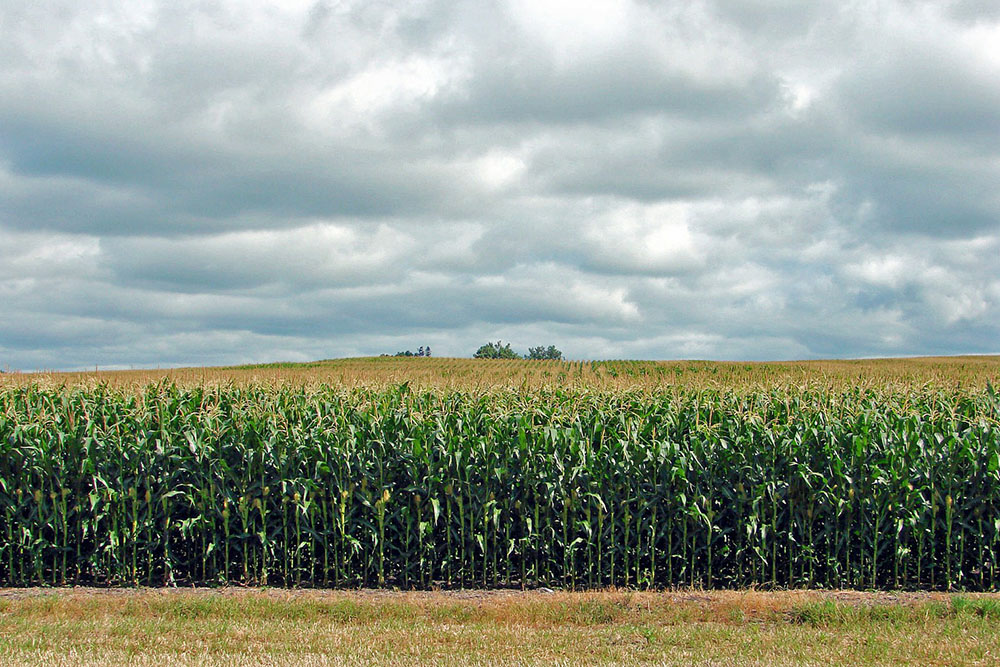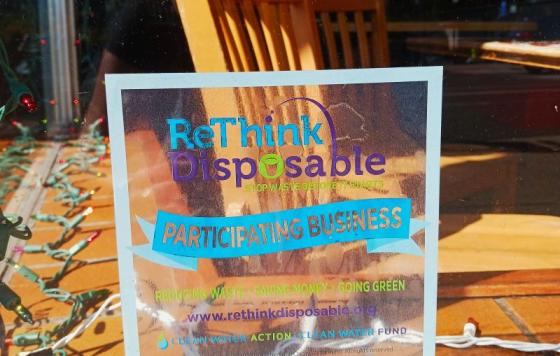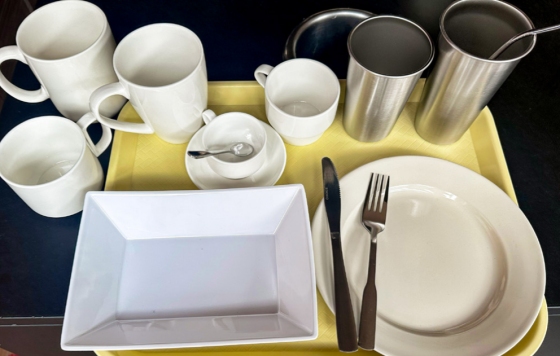
There’s nothing better on a spring or summer day in Minnesota than enjoying a relaxing day in the sun, swimming or fishing on your favorite lake or river. Unfortunately, in many parts of the state this isn’t possible or safe because the water isn’t clean enough. Excess chemicals, fertilizers, and sediment from irresponsible agricultural practices are among the biggest obstacles to the quality and health of Minnesota’s rivers, lakes, and streams.
While these pollutants find their way into our waters in various ways, runoff from single crop farmland is one of the largest contributors. Understanding this type of pollution is the first step toward reducing it and making sure everyone can get out on the water and enjoy it and not need to worry about being exposed to harmful pollutants.
We recently posted three articles that will give you a background about the sources of this pollution, how it can harm our water and our health, and what we can do about.
First, we look at a traditional best practice for reducing nutrient and chemical runoff in the form of vegetative buffers along farm fields. In 2015, Minnesota enacted a new buffer law requiring 50 foot buffers on all public waters adjacent to agricultural land. The legislature is currently revisiting buffer policy this session. Read where the issue stands now.
Next, we explore another way to reduce excess nutrients in the form of living cover on our agricultural fields. If farm fields are left barren after harvest, wind and rain will create more erosion and runoff of chemicals into our water. There is currently expansive research underway at the University of Minnesota to develop even better living cover for our farm fields to reduce erosion and runoff. Read an overview of what living cover is, why it’s important, and how the Forever Green program is funding research and development of cover crops in Minnesota.
Finally, we examine another way we can clean up our water in ag country by transitioning some of our single crop corn farm fields, being grown for ethanol, to native perennial fields to be feed stock for a cleaner advanced biofuel alternative to corn ethanol. There are multiple studies questioning the environmental benefits of growing corn to produce fuel for our vehicles. One of the main reasons corn ethanol industry developed was that it was supposedly a “cleaner”, home grown, alternative to fossil fuels. Read about a better way to reach our ethanol goals by enacting the Working Lands Watershed Restoration Program currently before the state legislature (HF 2881 Rep. Johnson, C; Rarick; Bly) (SF 2711 Sen. Schmidt). This program will clean up our water and develop new markets for rural Minnesota communities.
These are just a few of the many practices that we could employ in Minnesota to begin to address excess nutrients in our water from agricultural sources. For generations, Minnesotans have enjoyed the bountiful water our state offers. Our current policies and practices are not getting us to the point where they need to protect our water. Contact me if you want more information or want to get involved in making sure we are able to secure the great policies we need at the Capitol .


